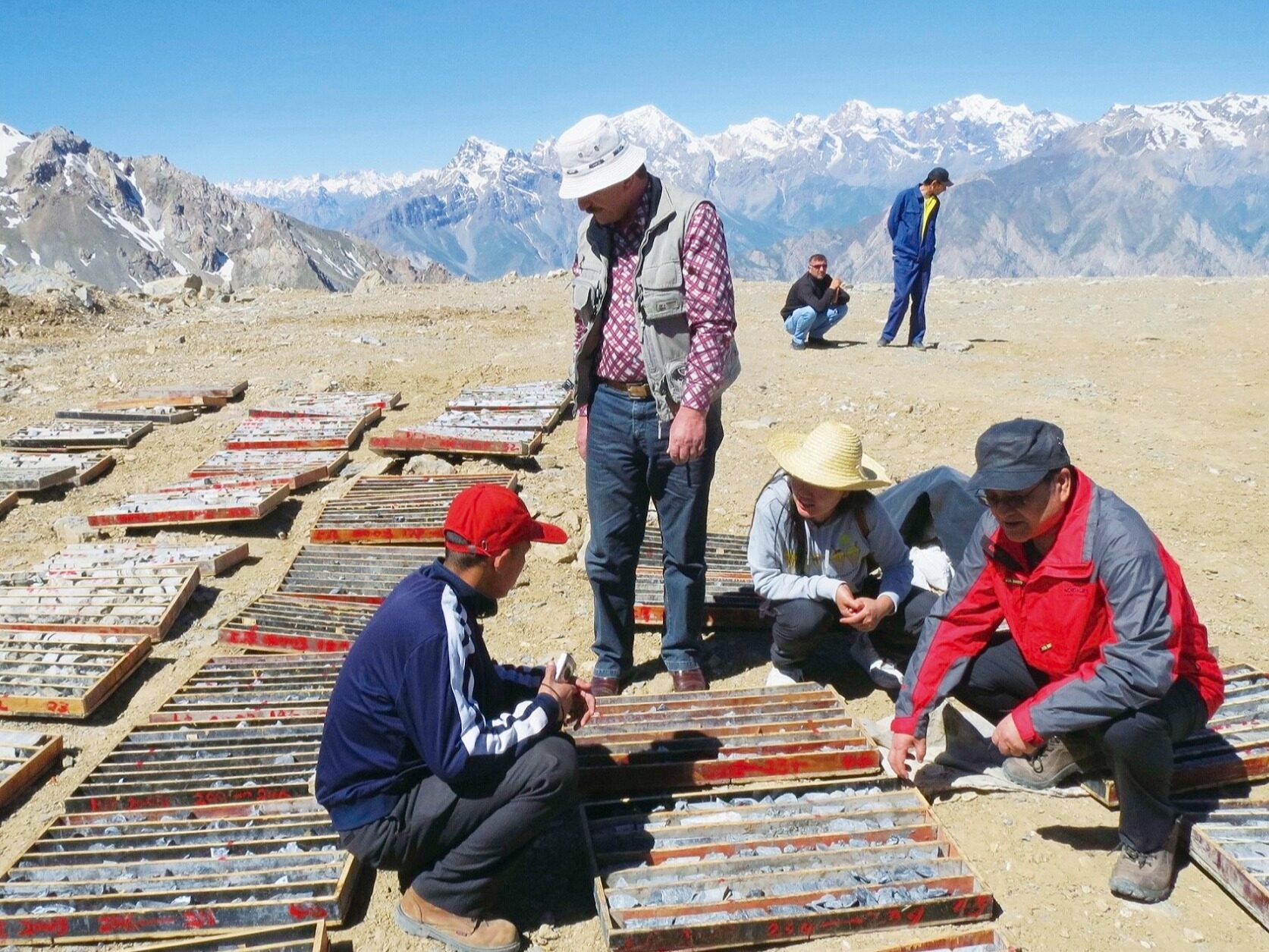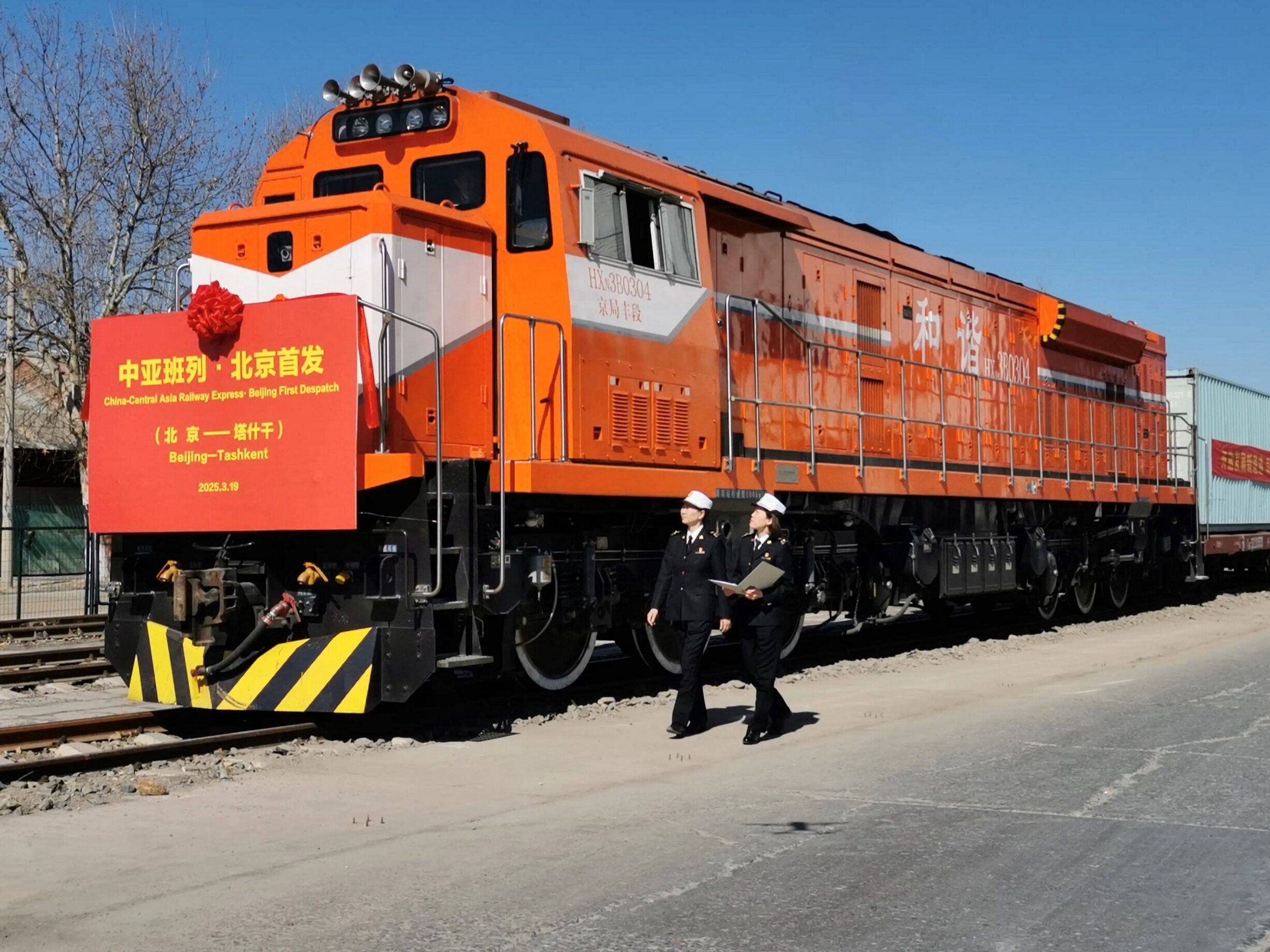- Congo (Brazzaville) National Highway No. 1 Project is a key project in Africa aided by China
- Jiang Tao has participated in the infrastructure construction of nearly 14 countries along the Belt and Road
Over the past ten years of the Belt and Road Initiative, groups of Chinese youth have gone to foreign countries to spend their youth in the joint construction of the Belt and Road Initiative, leaving behind national landmarks, livelihood projects, and monuments of cooperation. Jiang Tao of China State Construction Civil Engineering Co., Ltd. is one of them. From a construction worker to a project manager, the 38-year-old has worked overseas for 13 years.
fighting hard in the Congo
Speaking of his overseas career, Jiang Tao, who is now the deputy general manager of the overseas company of China State Construction and Civil Engineering Co., Ltd., the most memorable thing is the first six years in the Republic of Congo. Those six years left many firsts in his life.
In 2010, Jiang Tao, who had just graduated from university and worked for two years, went abroad for the first time. He came from northeast China to the Republic of Congo, which is located in the middle and west of Africa and straddles the equator, and joined the Congo (Brazzaville) National Highway 1, which has already started construction. This road is a key project aided by China in the construction of Africa, and it is also the largest and most important cooperation project between China and Congo since the establishment of diplomatic relations more than 50 years ago. As a newcomer, the working environment is so difficult that he did not expect it.

Congo (Brazzaville) National Highway No. 1 crosses deserts, plains, river valleys, plateaus, and also passes through the virgin forest of Mayombe, which was once considered impossible by the French. In 2016, the Congo (Brazzaville) National Highway 1 with a total length of more than 500 kilometers was opened to traffic ahead of schedule. This traffic artery that traverses the east and west of Congo (Brazzaville) has greatly reduced the traffic time from about two weeks in the past to seven hours. The Chinese builders are also called the people who split the mountain by the locals.
Connecting Chinese and foreign people
The hard connectivity of infrastructure such as roads is exchanged for the soft connectivity of people's hearts. Congo (Brazzaville) National Highway No. 1 employs 20,000 local workers at its peak, which not only solves local employment, but also greatly promotes local economic development and improvement of people's livelihood after completion, which also makes Jiang Tao better understand the Belt and Road Initiative meaning.
Local resident Li Fei: The Chinese and Chinese companies have really done a good job, and I am grateful to them from the bottom of my heart. It was really difficult before. It took two to three weeks for my vegetables and fruits to arrive in Brazzaville, and many of them would spoil. Now that the road conditions are so good, my business has also improved. Now I have built my own house and have my own car. Thanks! Thanks! Thank you very much China.

In 2019, Jiang Tao moved to Thailand again and was in charge of the 4-3 bid section of the China-Thailand Railway. The China-Thailand Railway is the first standard-gauge high-speed railway in Thailand. It starts from Bangkok, connects with the China-Laos Railway, and finally reaches Kunming, China. It is a key project of the high-quality joint construction of the Belt and Road Initiative between the two countries.
During his overseas days, Jiang Tao participated in the infrastructure construction of nearly 14 countries along the Belt and Road, and grew from a construction novice to an experienced manager and market pioneer. Right now, Jiang Tao said that the company's overseas contract value has returned to the pre-epidemic level. He is planning to expand into new markets, so that Chinese standards and Chinese-style modernization achievements will benefit more countries along the Belt and Road.Editor/Ma Xue
Comment
 Praise
Praise
 Collect
Collect
 Comment
Comment
 Search
Search














Write something~